For hundreds of years artists have depicted the biblical character of Salomé as a femme fatale, as the woman who danced for King Herod for the chance to exact a gruesome revenge on John the Baptist. If you don’t remember this story from Sunday school, it’s probably because the ancient scriptures never identify her by name at all. Which is exactly what drew playwright and stage director Yael Farber to adapt the story for the stage in the first place.
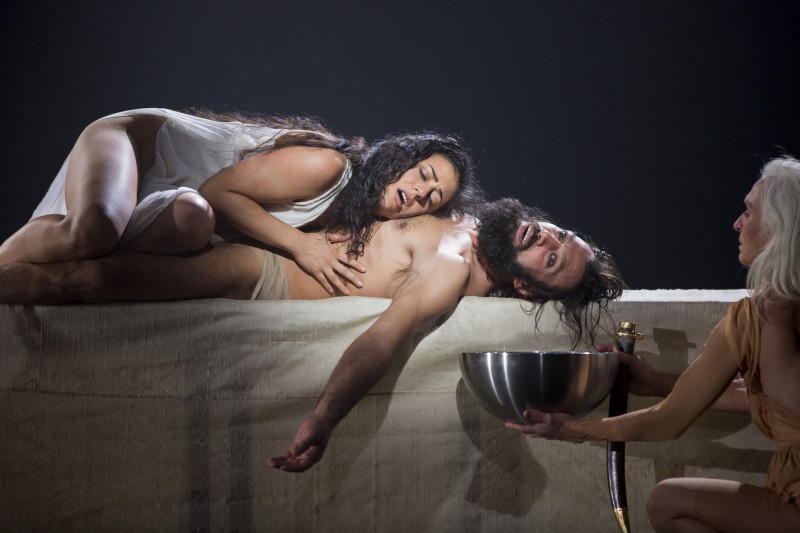
“Silence is inevitably political, and this silent yet over-represented figure fascinated me,” Farber has said. “I’m interested in telling a story that awakens the feminine narrative, that asks the [question]… why is feminine political agency so often written out?”
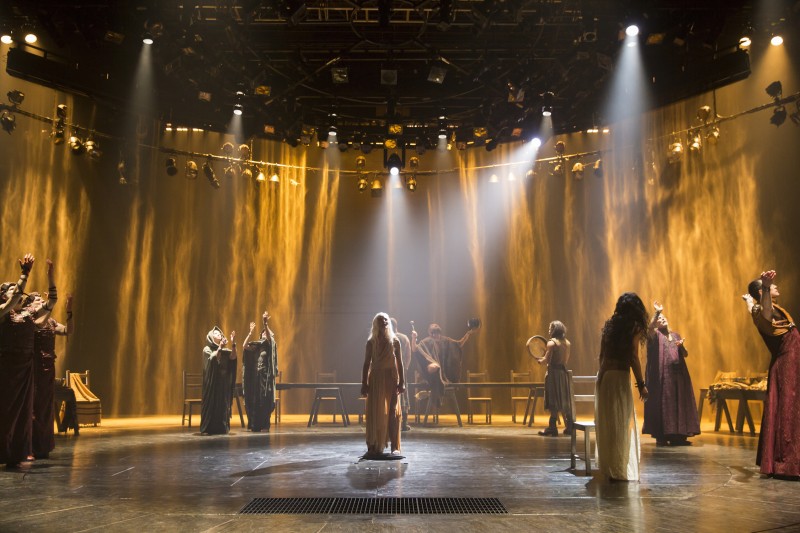
In Farber’s version of the story, which premiered last week — and runs at the Shakespeare Theatre Company‘s Lansburgh Theatre through November 8th — Salomé isn’t a spurned lover exacting revenge, but rather a martyr of sorts, committing a crime to spark revolution.
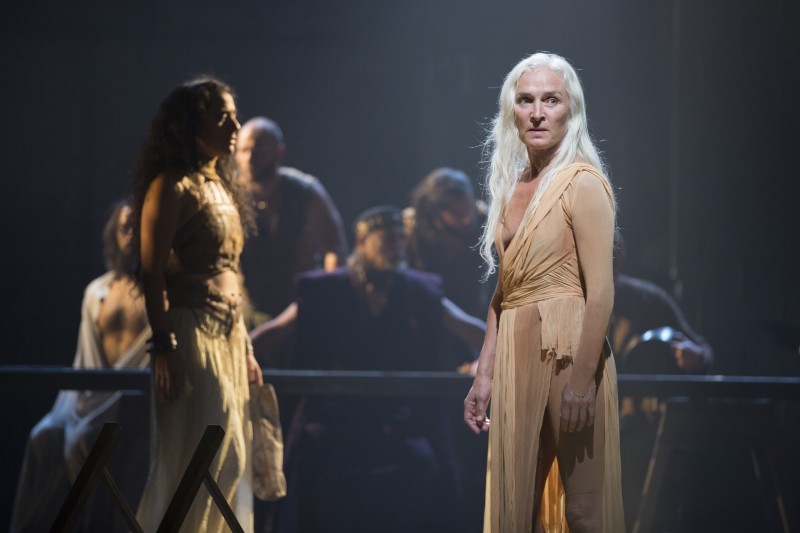
This powerful new narrative may not be for everyone, though.
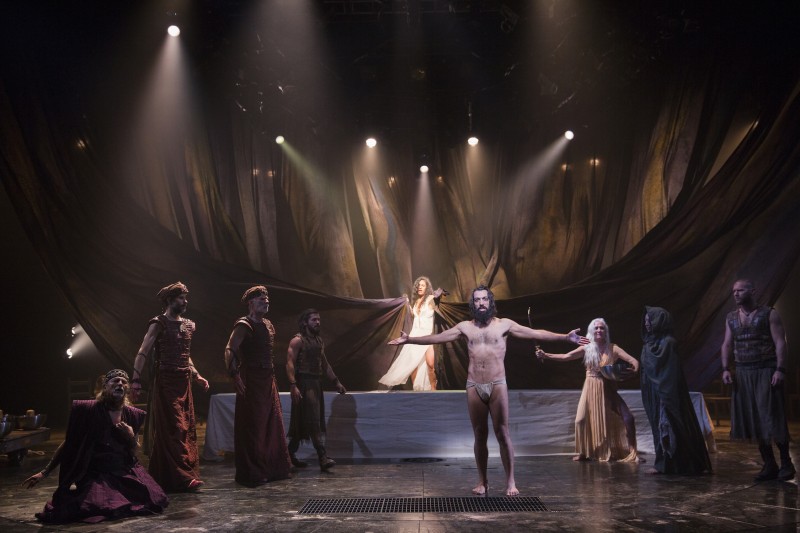
The production makes excellent use of a minimalist set, relying on sand, water, light, and flowing fabrics to depict ancient Judea’s varied landscape; but the bursts of Aramaic, Hebrew, and Arabic can feel jarring, and the slow-motion evolution of the story, told in hindsight by an elderly Salomé, at times a bit forced. Still, we see it as an apt fit for the Women’s Voices Theater Festival.
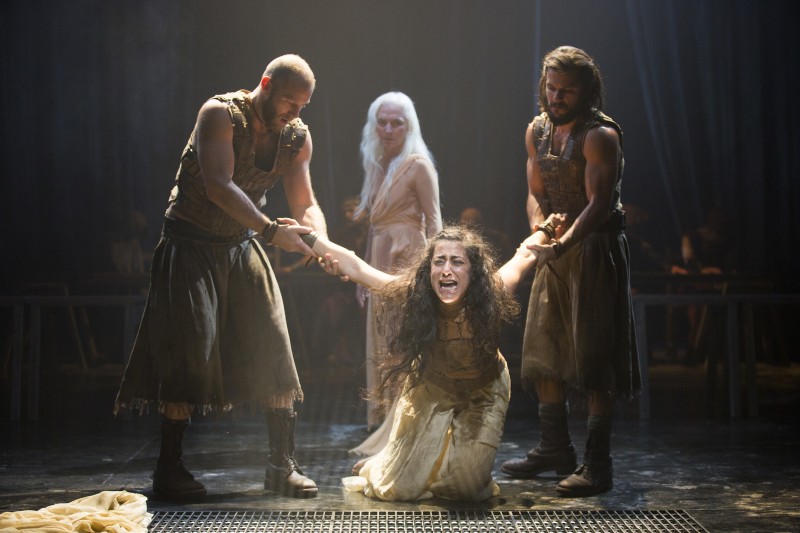
*All images credit Scott Suchman




